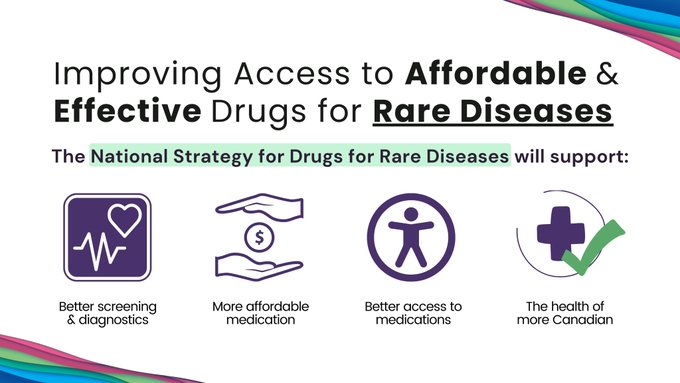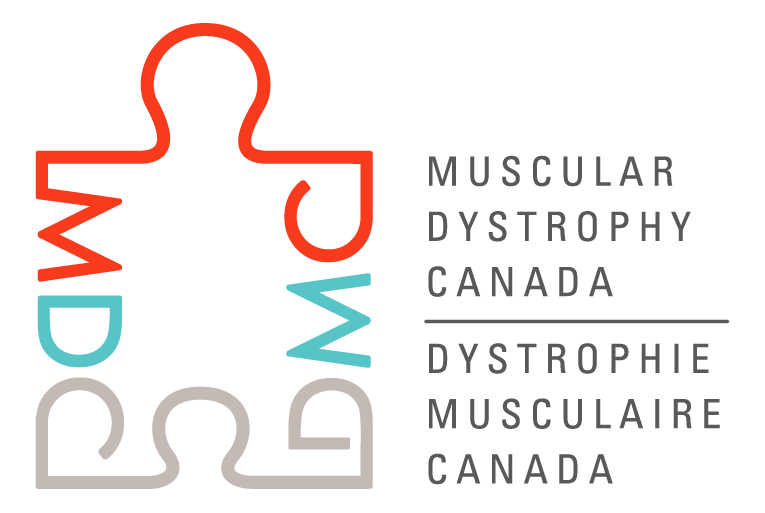
FOR IMMEDIATE RELEASE
Toronto, ON – January 27, 2021 – Muscular Dystrophy Canada (MDC) and Independent Living Canada (IL Canada) are partnering to equitably consult with individuals, organizations and stakeholders across disabilities to help inform the development of Canada’s first Disability Inclusion Action Plan (DIAP).
Beginning in January 2022, this 15-month collaboration will both inform the development of the DIAP in advance of its release, and continue to assess and improve the Plan throughout its implementation. The DIAP will focus on reducing poverty among persons with disabilities, getting more persons with disabilities employment opportunities, and realizing the goal of the Accessible Canada Act to achieve a barrier-free Canada by 2040, making it easier for persons with disabilities to access federal programs and services and fostering a culture of inclusion. Our goal is to ensure all Canadians have the opportunity to provide feedback, express concerns, and share their experiences to make this vital action plan as inclusive and impactful as possible.
With over 100 disability organizations invited to collaborate on this engagement process, IL Canada and MDC were selected to co-lead this project with support and funding from Employment and Social Development Canada (ESDC).
“For The Disability Action Plan to make a real impact in the lives of persons with disabilities, it has to be informed by lived experience. I’m grateful that Muscular Dystrophy Canada and Independent Living Canada will be working with the disability community to determine what barriers are still preventing persons with disabilities from participating in society, and how Canada can remove them to create a more equal, inclusive, and prosperous country” says The Honourable Carla Qualtrough, Minister of Employment, Workforce Development and Disability Inclusion.
IL Canada and MDC look forward to leading this process while ensuring representation from within all areas of disability, including racialized and LGBTQ2S+ communities.
“Independent Living Canada is thrilled to be leading this consultation process in partnership with Muscular Dystrophy Canada, the pillar leads, and individuals affected by disabilities from coast-to-coast to coast. This is a once-in-a-lifetime opportunity to ensure that the voices of marginalized and hard-to-reach people affected by disabilities are provided the opportunity to have their voices heard about what should be included in the first-ever federal Disability Inclusion Action Plan,” says Anne MacRae, National Executive Director, Independent Living Canada.
“Muscular Dystrophy Canada is honoured to work in partnership with IL Canada to consult Canadians affected by disabilities and share these experiences in a method that will drive the implementation of the much needed Disability Inclusion Action Plan,” says Stacey Lintern, CEO, Muscular Dystrophy Canada. “This is a vital action plan which will impact each and every Canadian in some way. We look forward to expanding our person-centred approach and ensuring all voices are heard throughout this process.”
MDC and IL Canada look forward to working with Inclusion Canada, Canadian Council on Rehabilitation and Work, Canadian Association of the Deaf, and Eviance who have been designated as leads for the four respective thematic pillars of the DIAP: Financial Security, Employment, Accessible and Inclusive Communities and a Modern Approach to Disability.
“At Inclusion Canada we are extremely excited about hearing from persons with a disability, their representative organizations and stakeholders across the country as the lead on the financial security pillar of the Disability Inclusion Action Plan,” says Krista Carr, Executive Vice-President, Inclusion Canada. “Hundreds of thousands of people with disabilities in Canada live in poverty and this urgently needs to change. We are looking forward to getting started right away.”
“We are pleased and excited at the funding support for this project. We really look forward to working with our partner organizations in building new bridges to hard-to-reach components of the Deaf, Deaf-blind and disabled communities across Canada,” says Jim Roots, Executive Director, Canadian Association of the Deaf.
“The Canadian Council on Rehabilitation and Work (CCRW) recognizes the capability of persons with disabilities, and supports their choices for equitable and meaningful participation in work. We are proud to be a pillar of change and build up the community by sharing our values, knowledge and commitment to Disability Inclusion and ensuring that there is an equitable approach to disability inclusive design,” says Maureen Haan, President and CEO, CCRW. “We are honoured to be involved in the development of the DIAP as the lead agency of the Employment Pillar. We are excited and motived to ensure this project will bring change and a voice to those with lived experience that remain hard-to-reach and marginalized populations with disabilities.”
“Eviance looks forward to collaborating on this important piece of work, and bringing together the knowledge and diverse experiences of persons with disabilities, to strengthen the federal Disability Inclusion Action Plan,” says Dr. Susan L. Hardie, PhD, Executive Director, Eviance.
About Muscular Dystrophy Canada
Muscular Dystrophy Canada’s mission is to enhance the lives of those affected with neuromuscular disorders by continually working to provide ongoing support and resources while relentlessly searching for a cure through well-funded research. To learn more about Muscular Dystrophy Canada, please explore our website at muscle.ca or call our toll-free number at 1-800-567-2873.
About Independent Living (IL) Canada
Founded in 1986, Independent Living Canada is a national non-profit association of Independent Living Centres led by and for people with disabilities who promote the Independent Living Philosophy. IL Canada supports the development of Independent Living Centres, and provides education and leadership for its member organizations, partners and communities.
– 30 –
Media Contact
Heather Rice
Director, Marketing and Communications
Muscular Dystrophy Canada
heather.rice@muscle.ca
902-440-3714







